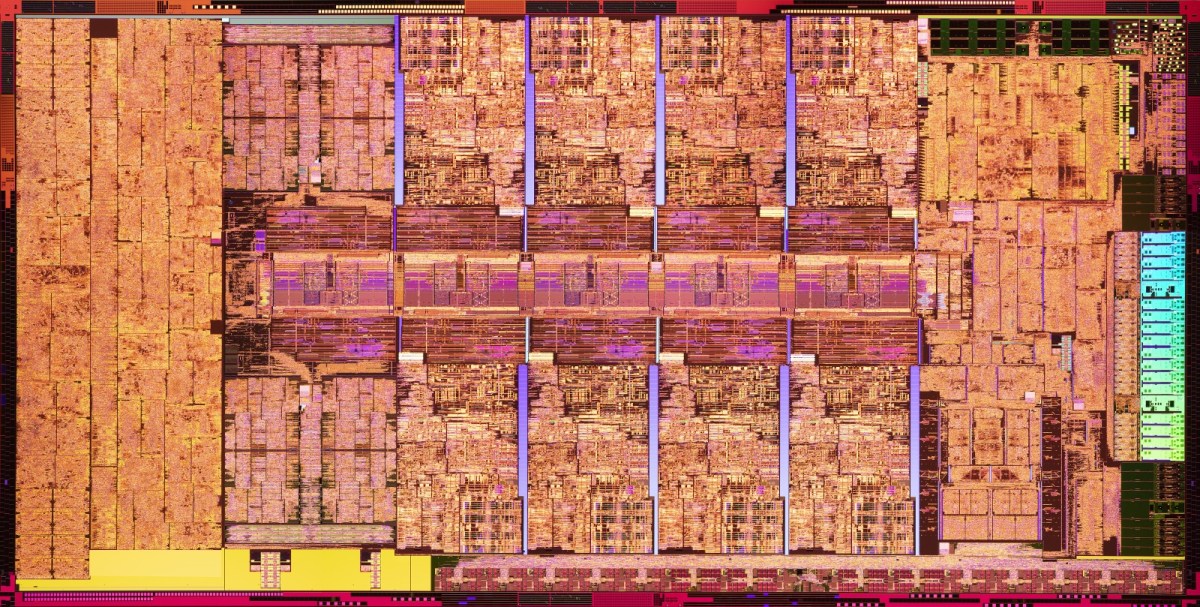TerryLaze
Titan
Yup, this train of thought worked great for nvidia with tessellation and now with rendering, just drown games in tessellation or render even though the games don't really need it just to make your cards look like they are much faster than the competition and people will go and buy them, just "take my money" .I like to keep things simple...😉 As I said, lots of software is not optimized to run with maximum performance on the user's hardware. Maybe that is simple, but it is also true. I just see little advantage to buying slower hardware simply because some software, limited in its hardware support or overall design, won't run very fast with it. Your point seems to me to be that I should buy a slower/less capable CPU because my software might not be able to take advantage of a much faster one. Now, if I was considering a business situation where such limited software would be all that I might run, then maybe that would make sense. But it would only make sense if said slower cpu was cheaper and a better buy, I think. And then, suppose the software is revamped to take advantage of hardware the slower CPU simply doesn't have? For me, it's best bang for the buck, always. So we'll have to agree to disagree, I suppose.
Having games that actually need that much cache is fine and fair, but you can't optimize a game that doesn't need much cache to use much cache, you can just make it chew through cache uselessly to make a product look faster than the competition.
Devs will start making more games that need high amounts of cache if and when the consoles get big amounts of cache and even then, not all games can use high amounts of cache.








